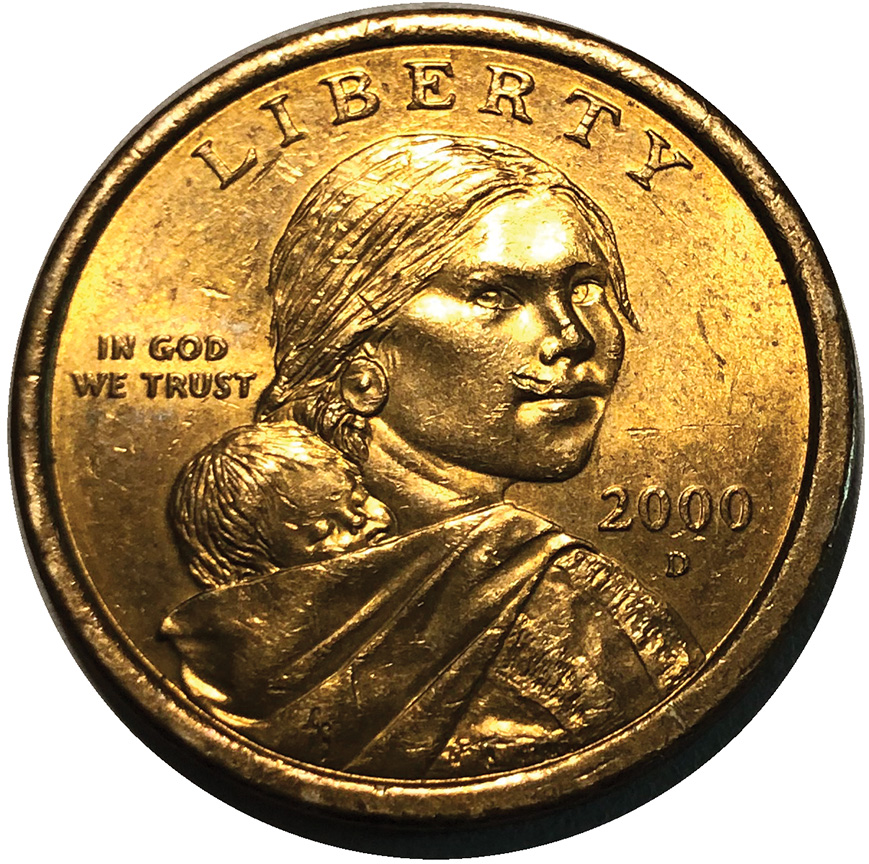
Dorri Partain
Contributor
Nearly two centuries following the expedition of Meriwether Lewis and William Clark, their young Native American guide was honored on an American dollar coin.
Born as a member of the Lemhi Shoshone tribe in 1788, Sacagawea was a 16-year-old with an infant son when she was enlisted to communicate with other Native American tribes the expedition might encounter as well as indicate that their approach into unknown territory was considered friendly instead of hostile.
As lead by Lewis and Clark, the expedition left St. Louis in 1804 to explore the territory obtained from France through the Louisiana Purchase in 1803. Sacagawea, her French trapper husband Toussaint Charbonneau, and son Jean Baptiste joined the expedition in 1805, after the party had reached the Dakota Territories and remained as guides until the expedition reached the Pacific Ocean in 1806.
During the journey, Clark had grown very attached to young Jean Baptiste and convinced the couple to move their family to St. Louis. Some historical accounts state that Sacagawea died in 1812, which is cemented by the fact that Clark had adopted her son by the time he was 12 years old. It is unknown to this date where or when she died.
Despite the various problems with the Susan B. Anthony dollar coin, which was minted from 1979 to 1991, Congress passed the United States $1 Coin Act in 1997 to produce a better-accepted coin dollar. Two concepts were presented for the obverse design; the Statue of Liberty and native guide Sacagawea.
Twenty three artists were invited to submit designs for the proposed dollar, with sculptor Glenna Goodacre’s concept chosen by the United States Commission of Fine Arts. An eagle depicted in flight by Thomas D. Rogers was selected for the coin’s reverse.
With a copper core and a manganese brass cladding to give the coin its golden color, the first Sacagawea dollars were produced in 2000. Other tributes include the Sacagawea River, named by Lewis and Clark, the Sacagawea Glacier and Mount Sacagawea.



















